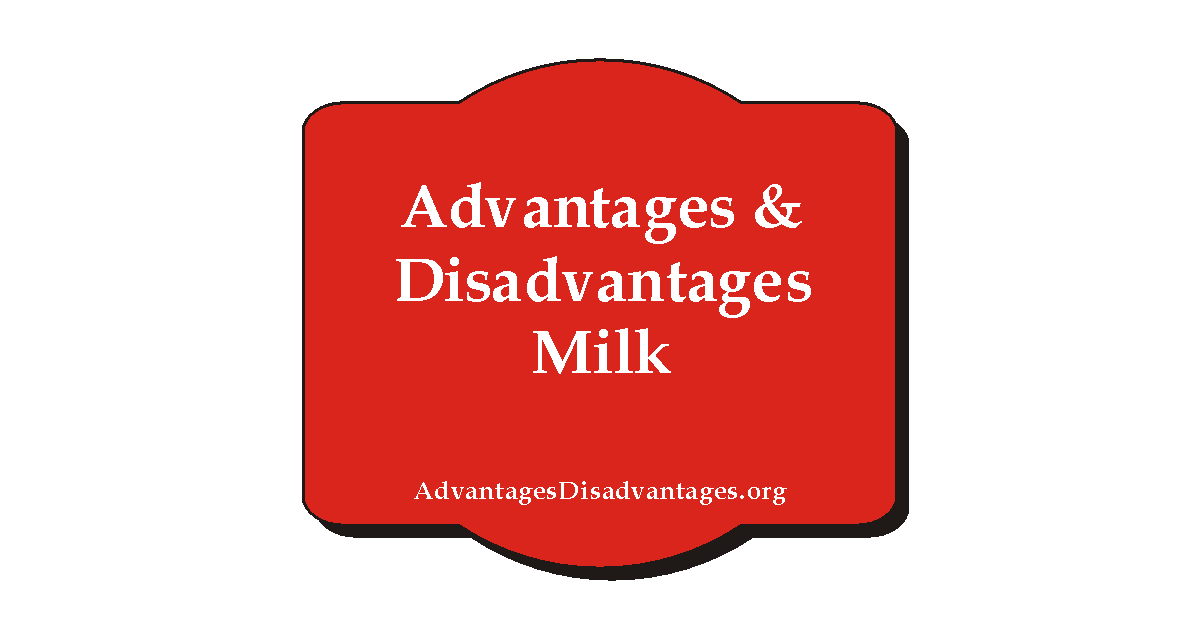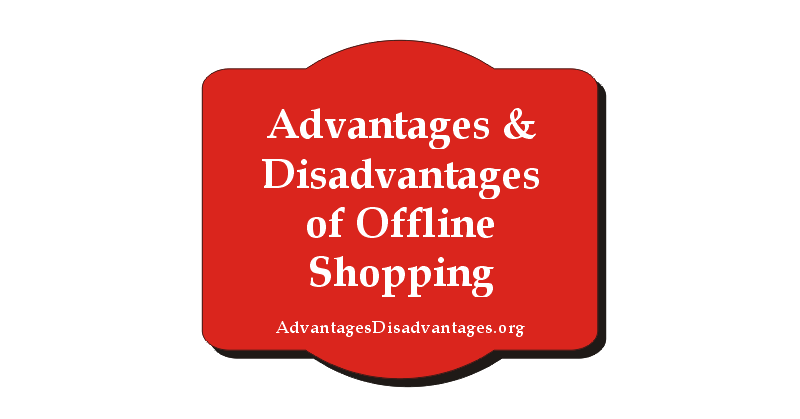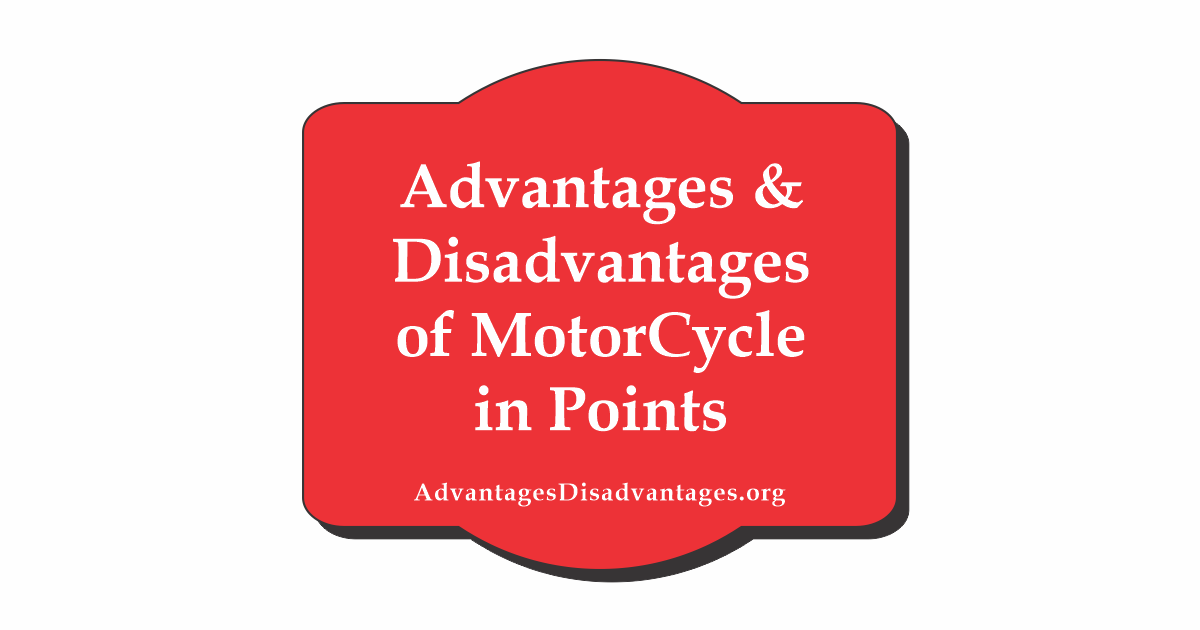Tech
Benefits of Environmental Stress Screening for Your Products

Today’s customers expect products to be tough and reliable. That’s where Environmental Stress Screening (ESS) comes in—it’s a powerful testing method that checks how well products handle real-life stress, like heat, cold, or shaking. ESS helps catch hidden flaws early, making products more dependable and keeping customers happy.
This post explains how Environmental Stress Screening (ESS) works and why it’s a smart choice for companies. ESS helps prevent costly mistakes, saves time, and boosts product quality, making it essential for success in today’s competitive market.
Table of Contents
What is Environmental Stress Screening (ESS)?
Environmental Stress Screening (ESS) is a way to test how reliable a product is—especially electronics—by putting it through tough conditions like heat, cold, shaking, and moisture. This helps find hidden problems early so they can be fixed before the product is sold. It improves quality and reduces the chance of failure later.
How ESS Helps Find Problems Early
ESS puts stress on a product to reveal flaws that normal testing might miss. Finding these issues early helps avoid failures after the product is sold, which means fewer returns, happier customers, and lower warranty costs.
Tools Used in ESS
Manufacturers use special equipment for ESS, such as:
- Environmental Chambers: Test extreme temperatures and humidity.
- Vibration Tables: Simulate movement or shaking during use or shipping.
- Humidity Chambers: Check how well products handle moisture and prevent rust.
ESS is an important step in making sure products work well and last long. It helps companies deliver dependable, high-quality items to customers.
Key Types of Environmental Stress Screening (ESS)
ESS uses different tests to simulate the tough conditions a product might face during its life. Each test helps find specific problems in design, parts, or manufacturing. Here are the main types:
1. Temperature Cycling
- What it does: Repeatedly heats and cools the product.
- Why it matters: Finds issues like cracking or material fatigue.
- Used in: Electronics, cars, and aerospace.
2. Thermal Shock
- What it does: Quickly switches between very hot and cold temperatures.
- Why it matters: Detects problems caused by sudden temperature changes.
- Used in: Semiconductor devices, circuit boards, and sensors.
3. Vibration Testing
- What it does: Shakes the product to mimic real-world movement or transport.
- Why it matters: Finds loose parts or weak structures.
- Used in: Automotive, aerospace, and industrial machines.
4. Humidity Testing
- What it does: Exposes products to damp, humid environments.
- Why it matters: Reveals moisture damage, corrosion, or insulation issues.
- Used in: Consumer electronics, telecom gear, and outdoor devices.
5. Combined Environmental Testing
- What it does: Applies two or more stresses (e.g., heat + vibration) at once.
- Why it matters: Better simulates real-life use and finds complex failures.
- Used in: Military, aerospace, and rugged electronics.
6. Burn-In Testing
- What it does: Runs the product at high heat and power for a long time.
- Why it matters: Catches early failures and ensures parts are stable.
- Used in: Chips, power supplies, processors.
7. Altitude/Pressure Testing
- What it does: Simulates high-altitude or low-pressure conditions.
- Why it matters: Tests performance in the air or space.
- Used in: Aerospace and avionics.
8. Salt Fog/Corrosion Testing
- What it does: Covers the product in salty mist.
- Why it matters: Checks for rust or poor coatings.
- Used in: Marine equipment, automotive parts, and outdoor electronic products.
9. Mechanical Shock Testing
- What it does: Hits the product with sudden force.
- Why it matters: Tests durability against drops or impacts.
- Used in: Military gear, aerospace parts, and rugged devices.
Using the right mix of these tests helps companies make hard, high-quality products that last longer and keep customers satisfied.
Key Benefits of Environmental Stress Screening (ESS)
Environmental Stress Screening (ESS) offers several benefits by exposing products to simulated environmental conditions to identify weaknesses early:
- Enhanced Durability & Reliability: ESS helps detect design flaws and manufacturing defects, ensuring products perform reliably over time.
- Early Detection of Flaws: ESS catches defects before mass production, reducing the risk of costly recalls and repairs. It also improves product design and material selection.
- Cost Savings: ESS reduces warranty claims and minimizes production downtime by catching defects early.
- Improved Customer Satisfaction: By ensuring reliable product performance, ESS builds consumer trust, boosts brand loyalty, and enhances the overall customer experience.
- Increased Market Competitiveness: Well-tested products make a brand stand out, giving it a better position and an advantage over competitors in the market.
- Compliance with Industry Standards: ESS helps products meet regulatory standards and supports safety certifications.
ESS improves product reliability, customer satisfaction, cost-efficiency, and regulatory compliance, ensuring manufacturers deliver high-quality products that meet consumer expectations.
Real-World Applications of Environmental Stress Screening
- Consumer Electronics: Smartphones, laptops, wearables, and other devices that must endure temperature and physical stress
- Automotive: Testing components like sensors, connectors, and control units that must perform reliably in extreme environmental conditions
- Aerospace and Military: Ensuring mission-critical devices and equipment can survive high altitudes, temperature extremes, and vibrations
- Medical Devices: Verifying that medical equipment performs under challenging conditions, such as temperature changes or exposure to moisture
- Industrial Equipment: Testing heavy machinery and tools that endure harsh environments in factories or construction sites
Best Practices for Implementing Environmental Stress Screening (ESS)
To get the most out of ESS, manufacturers should follow a clear and thoughtful approach. Here are some simple, effective practices:
- Start Early in Development: Catch issues before mass production by using ESS during design and prototyping.
- Match Tests to the Product: Customize stress levels (like temperature and vibration) to fit how the product will be used.
- Use Reliable Equipment: Make sure testing tools are well-maintained and calibrated for accurate results.
- Set Clear Testing Guidelines: Define specific limits and rules for each test to keep results consistent and useful.
- Track and Learn from Results: Record test data, look for patterns, and use it to improve product design and manufacturing.
- Train Your Team Well: Properly train your team to run and analyze ESS safely and accurately to ensure reliable results and avoid costly errors.
- Review and Improve Regularly: Keep updating your ESS program based on new findings, product changes, and performance feedback.
- Avoid Over- or Under-Stressing: Use just the right amount of stress—enough to reveal defects, but not so much it causes unnecessary damage.
Following these practices helps companies build more reliable products, reduce failures, and keep customers happy—all while saving time and money.
Conclusion
Environmental Stress Screening (ESS) is a crucial process for ensuring that products are reliable, durable, and ready to withstand the challenges of real-world conditions. By exposing products to simulated stressors like extreme temperatures, vibrations, and humidity, ESS helps identify potential weaknesses early, allowing manufacturers to fix issues before they reach consumers.
This proactive testing not only improves product quality but also enhances customer satisfaction, reduces warranty costs, and boosts market competitiveness. Whether you’re developing consumer electronics, automotive parts, or aerospace equipment, ESS provides a strategic advantage by ensuring products meet high-reliability standards.
Implementing ESS effectively can save time, money, and resources, ultimately helping companies deliver better products and gain consumer trust in a highly competitive market.

-

 Health5 years ago
Health5 years agoAdvantages and Disadvantages of Milk
-

 Tech4 years ago
Tech4 years ago6 Tips to Improving E-Commerce Websites
-

 Home5 years ago
Home5 years agoAdvantages and Disadvantages of Village Life in Points
-

 Travel5 years ago
Travel5 years agoAdvantages and Disadvantage of Travelling
-

 Sports4 years ago
Sports4 years agoThe benefits of playing an online live casino
-

 Tech5 years ago
Tech5 years ago10+ Advantages and Disadvantages of Mobile Phones in Points
-

 Tech5 years ago
Tech5 years agoEssay on Advantages and Disadvantages of Offline Shopping
-

 Tech5 years ago
Tech5 years ago8+ Advantages and Disadvantages of Motorcycle |Having Bike